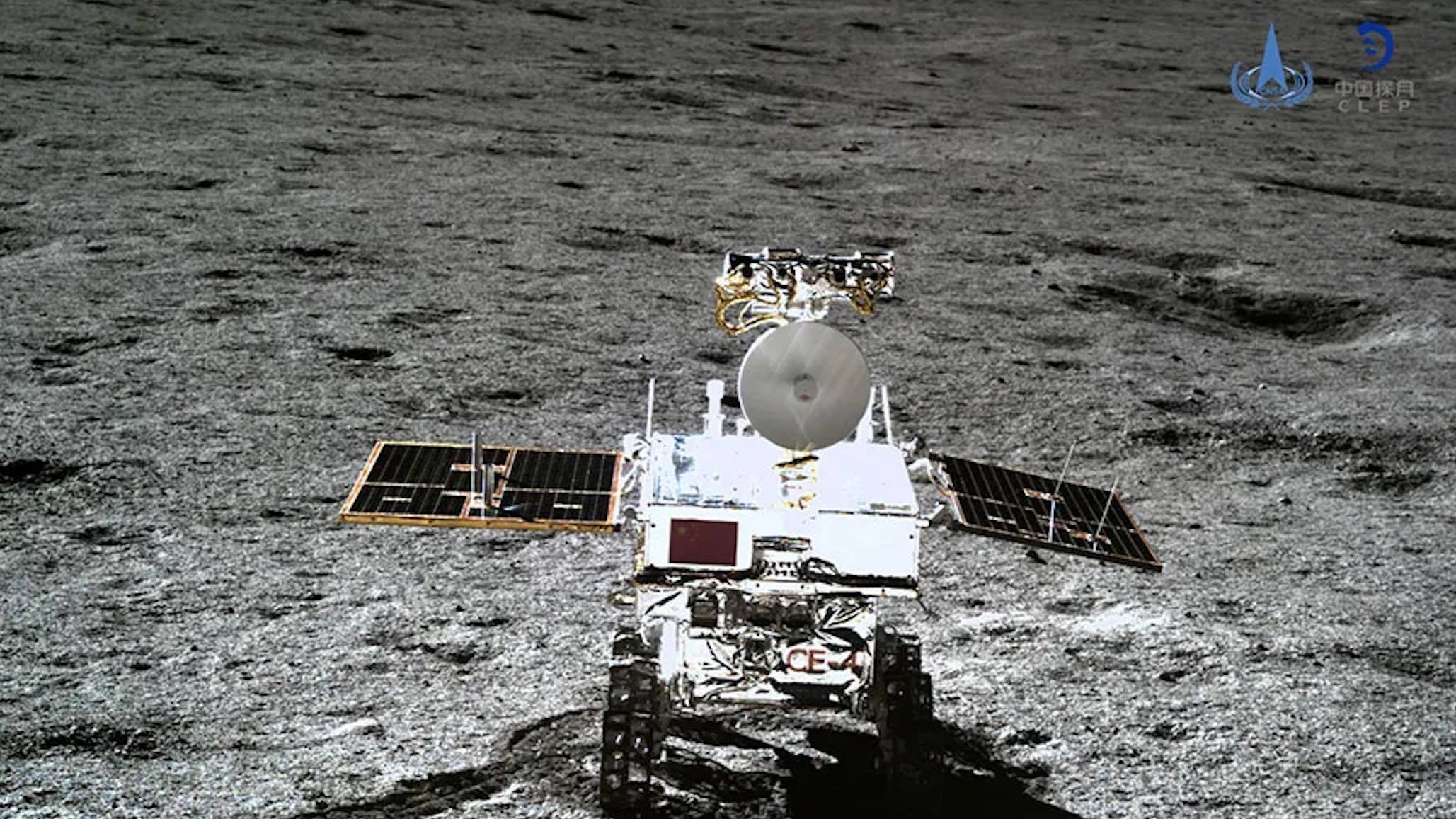
China is preparing to launch a pioneering mission to the moon next year to search for definitive evidence of water at the lunar south pole.
The Chang'e 7 mission will consist of a lander, a rover and a mobile hopper, according to Chinese state media outlet Xinhua, and will launch sometime in 2026.
The hopper is a "first-of-its-kind lunar explorer," according to the report. It will jump from sunlit areas and into shadowed craters to look for water using a molecule analyzer.
"The lander will deploy China's inaugural deep-space 'landmark image navigation' system to ensure precision, while the hopper utilizes active shock-absorption technology to safely land on slopes," the report read.
Related: China plans to plant a waving flag on the moon in 2026. Here's how
Discovering ice in shadowed craters on the moon would be a breakthrough for lunar exploration, promising resources in-situ that could be used in numerous ways, including for supplies for astronauts or propellant for rockets and spacecraft.
The Chang'e 7 mission will target Shackleton Crater, according to a 2024 report from SpaceNews. The mission rover will be built on China's earlier Yutu ("Jade Rabbit") moon rovers, but will be larger and designed to carry different payloads. Chang'e 7 will also be supported by the Queqiao 2 lunar relay satellite, which last year facilitated the complex Chang'e 6 lunar far side sample-return effort.
Chang'e 7 is one of two missions planned by China as part of grander ambitions for a lunar base. Chang'e 8 is set to launch around 2028 and will test out in-situ resource utilization and could include a humanoid robot. Following this, China plans to construct the International Lunar Research Station (ILRS) in the 2030s.
NASA is also planning to send a mobile spacecraft, the VIPER rover, to hunt for water at the lunar south pole. The agency is now seeking commercial partners to help revive the once-cancelled mission. VIPER data could prove valuable to the wider Artemis program led by NASA.







